Apple Watch Series 11 Review: Familiar Feel, Fresh Appeal
Jin Soh
When the Apple Watch Series 11 was announced, it sought to improve some of its predecessor’s shortcomings while keeping what already worked. Not fixing what wasn’t broken, so to speak.

Some of the more notable upgrades this time around include a display that’s twice as durable, a new sleep score feature and longer battery life. The best part is, even with these upgrades, the Apple Watch Series 11 still retains its RM1,799 starting price.
What It Is

The design of the Apple Watch Series 11 remains virtually similar to the previous generation. That being said, for aluminium models such as one I’m reviewing here, the Ion-X glass on the watch is now twice as durable thanks to the addition of a ceramic coating.
The Apple Watch Series 11 continues to be offered in 42mm and 46mm sizes. My unit is the latter, with the new space grey case that looks sleek on the wrist without drawing too much attention. The Series 11 also comes in jet black, rose gold, and silver, while the polished titanium variants are available in natural, gold, and slate finishes – for a little bump in price, of course.
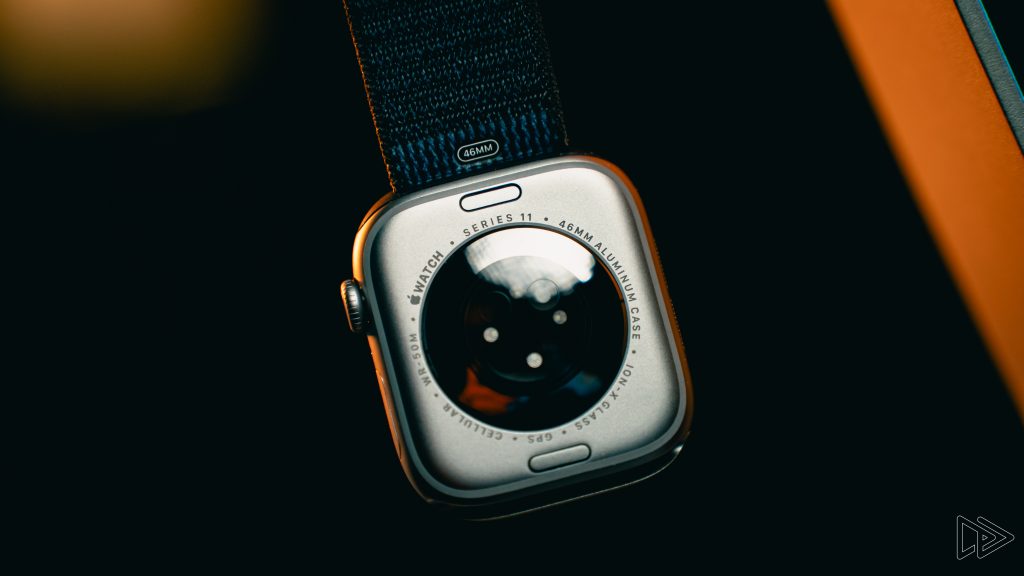
Out of the box, the Apple Watch Series 11 ships with watchOS 26, bringing with it new watch faces and the new sleep score feature, among other things. The most noticeable change is the Liquid Glass interface, which gives notifications, Smart Stack widgets, and general navigation a more fluid and translucent look.
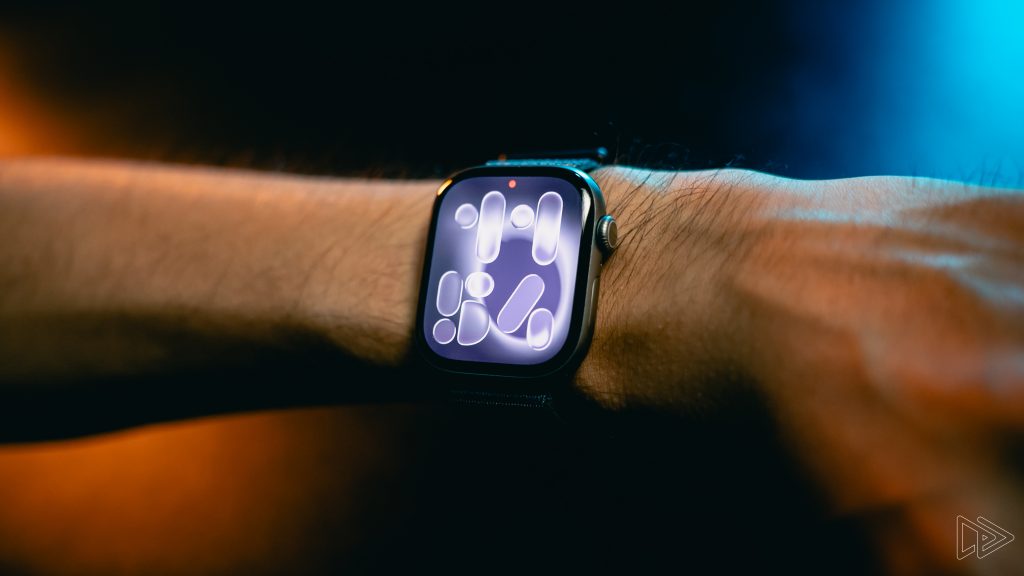
As for the new watch faces, Flow features Liquid Glass numerals that refract swirls of colour and light that respond to wrist movements. The numerals can be hard to read at times, but it’s visually pleasing and customisable with different colour options.
Exactograph, on the other hand, is Apple’s modern take on a traditional regulator clock that separates hours, minutes, and seconds while conveniently keeping complications in all four corners of the watch face. This is the watch face I’m rocking most of the time due to the look and convenience.

As mentioned earlier, the Apple Watch Series 11 starts at RM1,799 for aluminium models, while the titanium ones start at RM3,299.
The Good Stuff

Aside from the double tap gesture introduced with the Apple Watch Series 9 and watchOS 10.1, watchOS 26 adds a new one: the wrist flick. Flicking your wrist dismisses notifications, stops timers, and silences alarms, letting you return to your main watch face when your other hand is occupied.
Smart Stack hints also make their debut in this update. These are proactive prompts that provide useful suggestions based on context, sensor data, and daily habits. For example, a flashlight prompt appears when it’s dark, while a song detection hint pops up when music is playing nearby. Both are surprisingly useful, especially since the Smart Stack is just a swipe or double tap away.
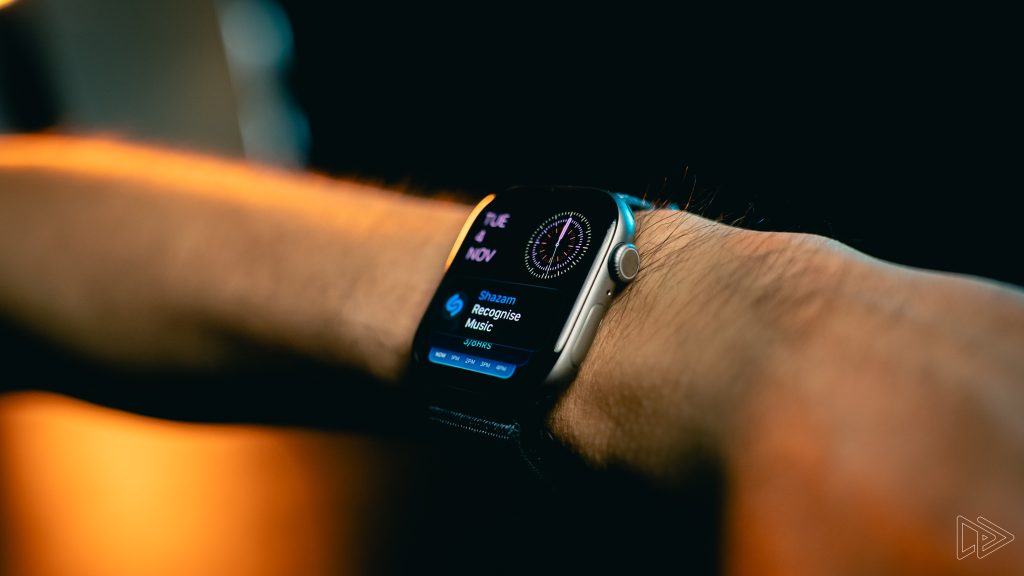
The Watch Series 11 also introduces a new sleep score feature that captures data during sleep like heart rate, wrist temperature, blood oxygen, and respiratory rate, aiding to discover possible sleep apnoea.
It’s available on watchOS 26, so it isn’t exclusive to this generation, but it’s a welcome addition nonetheless. The sleep score gives you a general rating based on factors like duration and interruptions, though it doesn’t always reflect the quality of your rest.
For example, I could’ve slept like a log over the weekend and still ended up with a low score, while on a warmer, restless night, I somehow woke up to a glowing 95.
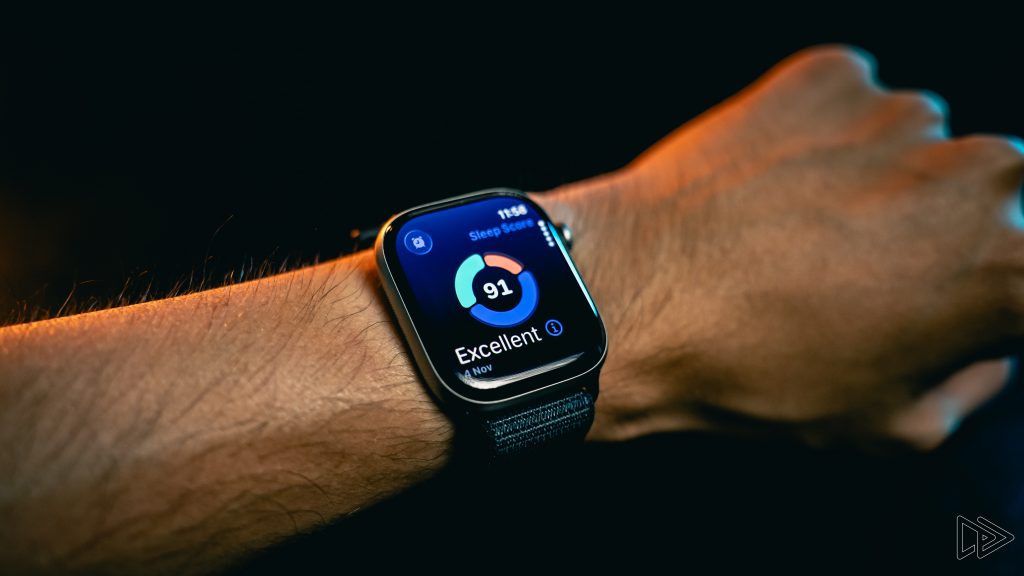

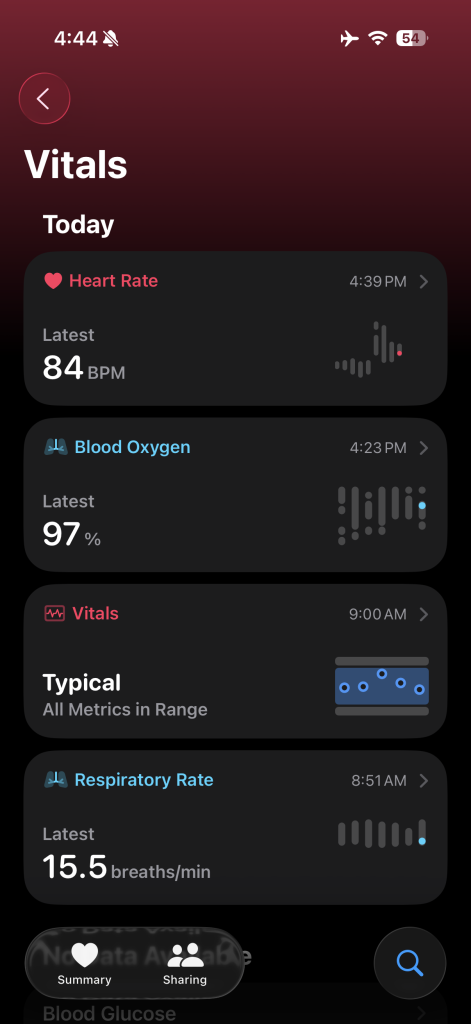
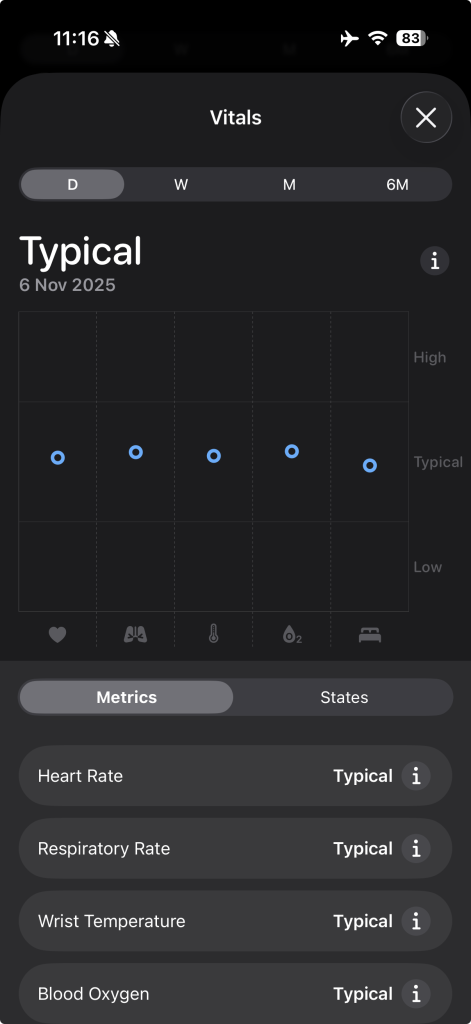
The new Vitals app collects similar data to sleep score to help provide an idea of how your body is doing. Once a baseline range is established (after a week or two of data from wearing the watch), the app monitors for any short-term changes that may signal for potential health complications. Vitals just let’s you know if anything is ‘typical’ or atypical as a whole, so it’s not there to detect specific illnesses or medical conditions.
Battery life has also been improved. The Series 11 now offers up to 24 hours of use, an improvement over the 18 hours on the Series 9 and 10. The extra endurance is particularly handy for overnight sleep tracking.
Having charged the watch on a Monday evening, I managed to get through two nights without taking it off (except in the shower) before needing a recharge on the second morning. That’s around 40 hours with the always-on display turned off only during sleeping hours. Granted, this was with just two workouts and several notifications throughout the day. Nothing particularly heavy, of course, but still quite impressive.
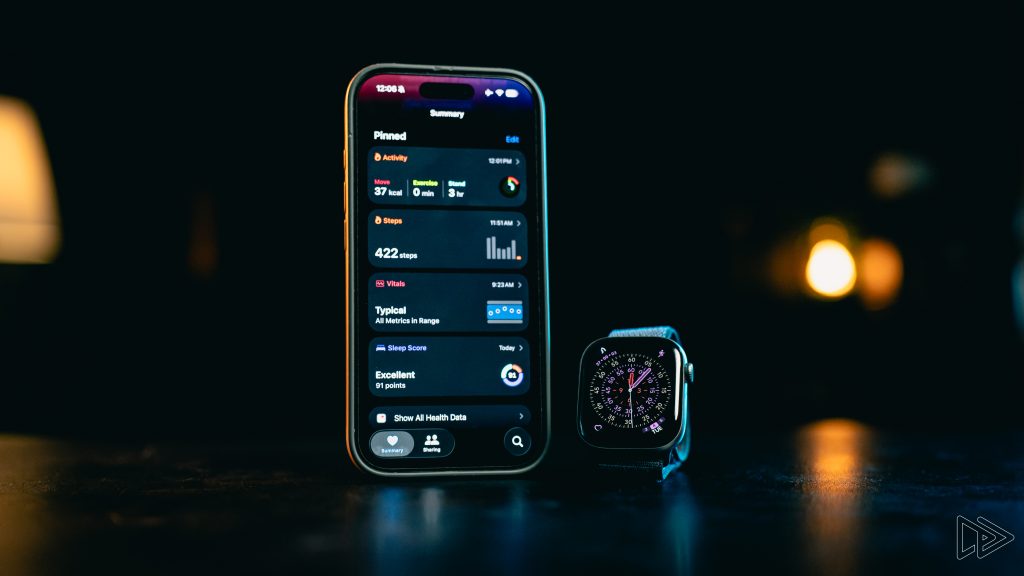
Fast charging is still present too. According to Apple, 15 minutes provides up to eight hours of battery life. In my testing, a 15 minute charge provided up to 20% of extra battery. If you’re doing long, intense workouts , the quoted eight hours doesn’t seem too much of a stretch.
The Bad Stuff
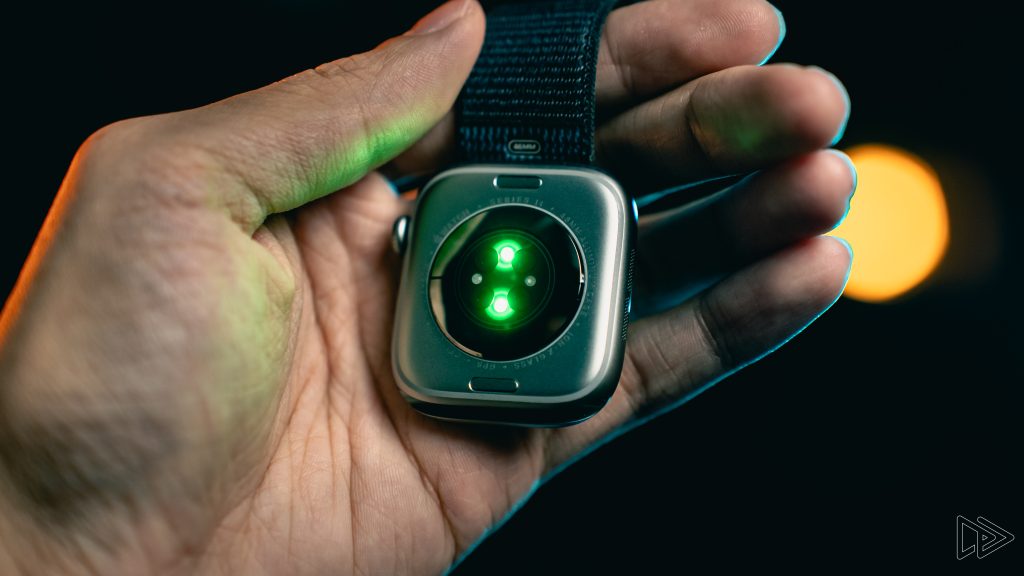
One thing I’ve yet to mention that’s also new to the Watch Series 11 and WatchOS 26 is the Hypertension Notifications feature. Unfortunately, it seems that regulatory certification for the feature is still pending approval from Malaysia’s Medical Device Authority (MDA) or equivalent health authorities.
It’s unclear when the feature will be enabled locally, but once it’s approved, it will make the Apple Watch even more complete as a daily health companion.
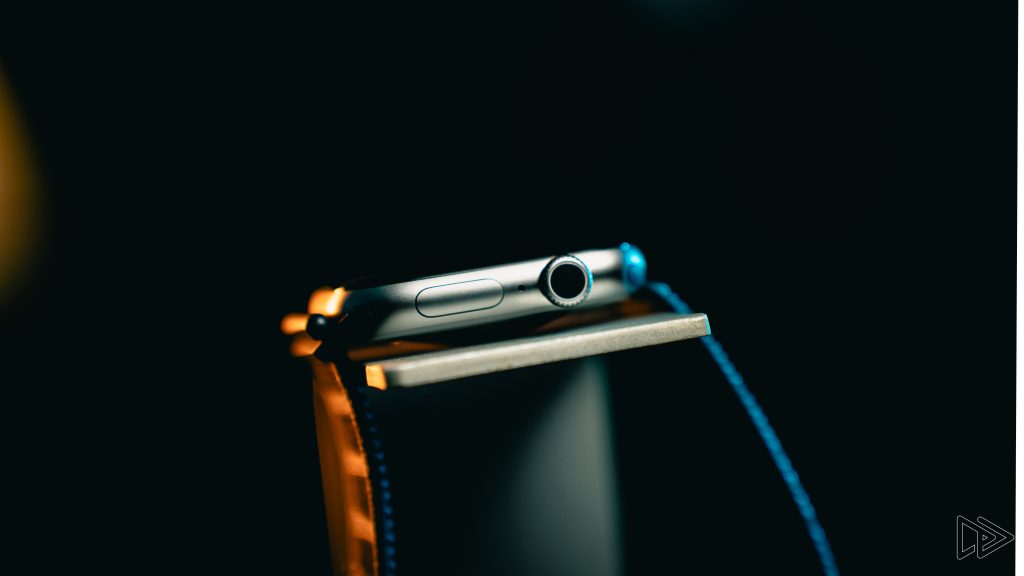
Beyond that, the Apple Watch Series 11 doesn’t bring any dramatic changes to the table. The upgrades here are mostly iterative, welcome ones, sure, but nothing game-changing if you’re already using a recent model. That’s not entirely unexpected, though, as Apple’s yearly updates tend to refine rather than reinvent.
The other consideration is value. With the Apple Watch SE 3 now offering many of the same core features for less money, the Series 11’s higher price tag can feel harder to justify if you don’t specifically need the larger display, tougher materials, or expanded health tracking features.
Is It Worth It?
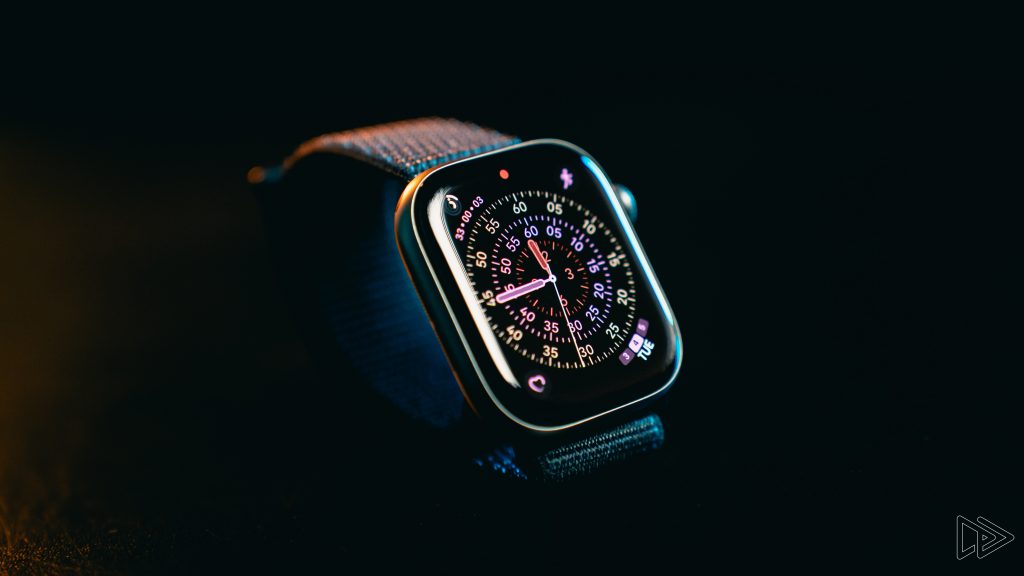
The upgrades on the Apple Watch Series 11, while incremental, make it a more refined and capable smartwatch overall. It’s the same Apple Watch experience many know and love, now with a tougher screen, longer battery life, and a few thoughtful new additions — all while keeping the same starting price of RM1,799.
That said, most of these new features are also available on the Apple Watch SE 3 that starts at RM1,049, except for things like the hypertension alerts and the extra six hours of battery life. For pure value, the more affordable SE 3 remains a strong contender.

But if you prefer the larger 42mm or 46mm sizes and want a watch that lasts longer between charges, the Series 11 is a solid upgrade. It’s still the most well-rounded Apple Watch for the average user, with refinements that make it feel just a little more polished.